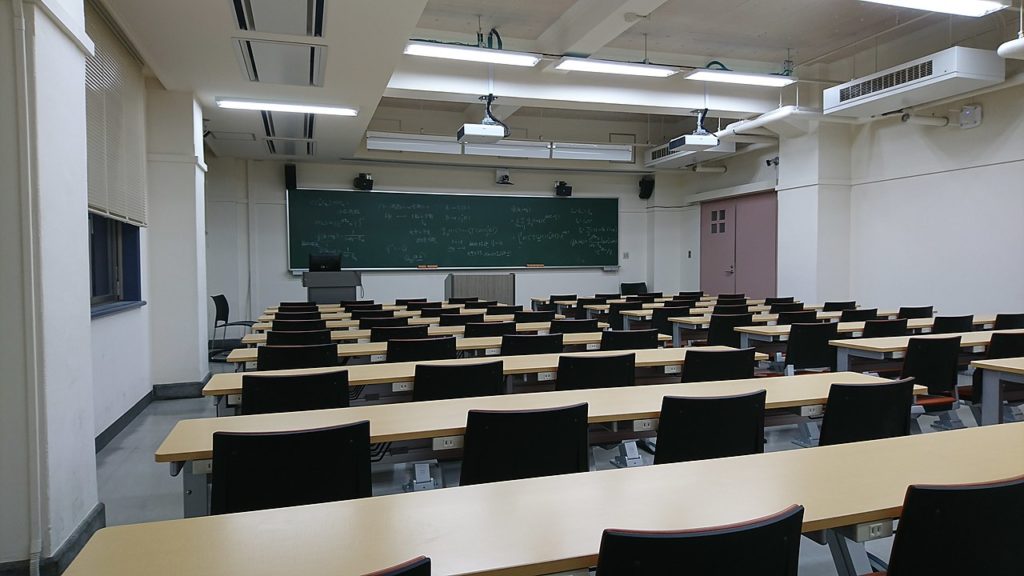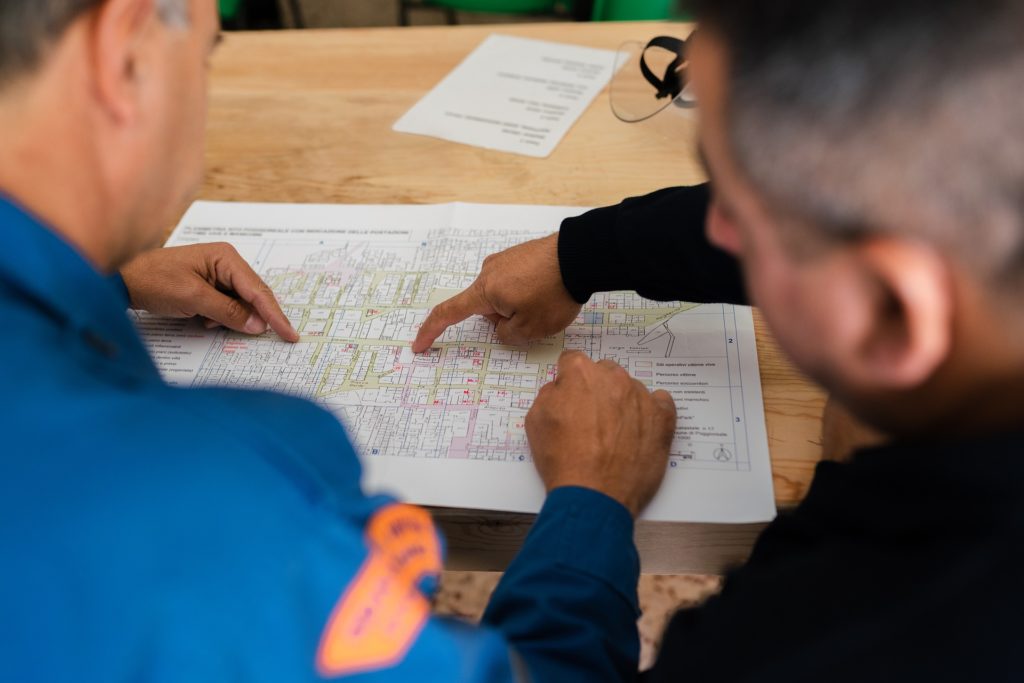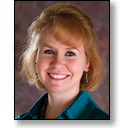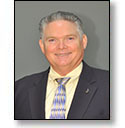How communication in industry differs from academia
Published on February 13, 2021
Moving from Student to Engineer – Part 1
By Robert Lyons, Technical and Management Consultant, and Nancy Barr, PhD

The differences between academic and industrial communication projects seem to be in scope and scale of content, size and number of teams, duration of collaboration, and geographic dispersion.
Industry requires secure communication methods to control proprietary and confidential information owned by the company, its suppliers, and its customers, whereas academia is more concerned with spreading knowledge.
Large companies have specific policies, processes, and procedures that must be followed by each business function and level of leadership while performing due diligence in its daily operations. Gated decisions by senior leadership are informed by a hierarchy of teams of specialists across the business functions. These functional teams collaborate to produce combined briefing packages with required specific content at specific lead times for review and approval before presentation to the final decision authority. Just running the business requires immense collaboration of multiple teams with different skills in different locations.
A particularly difficult professional communication project is producing a multi-volume, technical, management, and cost proposal to comply with the requirements of a large and detailed Request for Proposal (RFP) from an important customer. If proposals are not compliant or don’t convince customers of the efficacy of the proposed products or services, the company may go out of business. It may take only one bad proposal for a large dollar value contract to put a company or one of its business units out of business.
To grow the business, and as a hedge against going out of business, companies diversify the risk by working simultaneously on multiple proposals to various customers.
These proposals are not the normal day jobs of most industrial employees, so writing proposals is often an alien task for them. Managing and executing proposal development requires a wide array of collaboration tools for teams of subject matter experts who write and illustrate proposals. A proposal team may be small for some jobs and might number over a hundred for a large proposal. The teams may have to collaborate for a few weeks or several months, depending on the complexity of the proposal and the delivery times specified for the proposal. The proposal teams may be co-located or spread across the globe.
Besides the multi-team collaboration for routine communication in daily operations, industry may need as few as two people to collaborate on a small short-term proposal project or a small piece of a large long-term proposal project, up to hundreds of people working on a high dollar-value, large long-term proposal project.

When new engineers start working, they are taught how the technical aspects of their work products fit into, say, the design of a complex piece of equipment for a particular customer. What they learned in college or grad school prepares them well for this type of work, but there are things they don’t know about until they start working in industry.
One of the things they eventually learn about, often by osmosis, is corporate “command media”, the mandatory policies and procedures necessary to meet legal and regulatory business requirements. That is probably completely new to them. It is good practice to read and understand the command media relevant to their part of the organization, e.g., engineering, manufacturing, supply chain, etc.. For example there may be specific levels of review and approval for their work, and the command media likely covers the format and content of documents and presentations about the notebooks, drawings, functions, test reports, and other artifacts of the engineering process. It is wise to find a mentor who can help new engineers learn about and understand both the written word of relevant command media, as well as the unwritten culture or “how things are really done here.”

Dr. Nancy Barr developed a multi-faceted engineering communications program in the Mechanical Engineering-Engineering Mechanics Department at Michigan Technological University. Her current research focuses on equity and inclusion issues in engineering management and portfolio assessment practices. A former newspaper reporter and editor and the author of the Page One mystery trilogy and an award-winning short story, Barr currently serves as secretary to the IEEE Professional Communication Society Board of Governors and as Campus Representative for the ASEE North Midwest Section.

Bob Lyons thought he’d be doing math, physics and electrical engineering right out of graduate school, so he only took one technical writing class; big mistake! He’s been paying for that mistake for the past 50ish years, learning to understand, avoid or fix failures to communicate between and among small and large groups of people charged with solving militarily and industrially critical problems.

